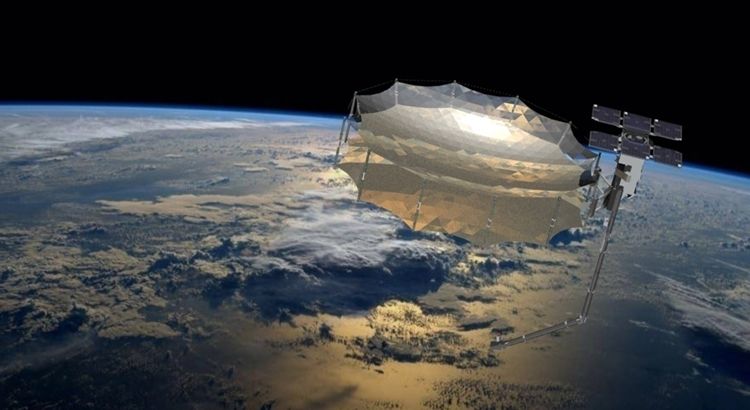
Seeing the unseen: How synthetic aperture radar is revolutionizing space and military operations
Shaza Khan
September 9, 2024
What is synthetic aperture radar (SAR)?
Developed in 1951 by Carl Wiley, an engineer at the Goodyear Aircraft Corporation, SAR technology was designed to overcome the limitations of traditional radar systems, which struggled with resolution and clarity due to their dependence on large physical antennas. The spatial resolution of radar data, or the smallest object that can be distinguished, is directly related to the length of the sensor's antenna – so the longer the antenna, the better the data resolution.
SAR overcomes this limitation by using the motion of a radar antenna over a target region to simulate a larger antenna aperture that would otherwise be impractical to develop or deploy. By transmitting high-frequency pulses of microwave signals toward the ground and measuring their echoes, SAR captures high-resolution 2D and 3D images with exceptional detail and can "see" through obstacles like clouds and foliage.
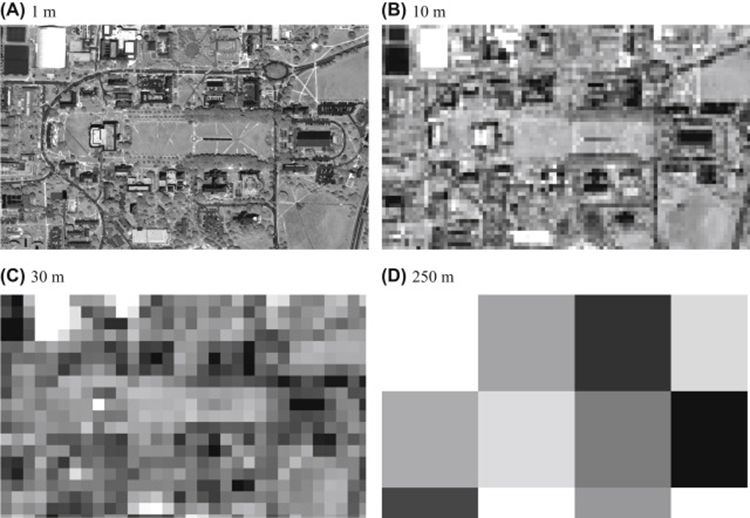
The technology behind SAR
SAR is a marvel of modern engineering and understanding the technology, from the radar components to the sophisticated algorithms used in image processing, provides a deeper appreciation of its capabilities.
- Radar Components – The core component of any SAR system is the radar antenna. This antenna sends out microwave pulses and captures the reflected signals. Modern SAR systems use phased array antennas, which can electronically steer the radar beam without moving the antenna physically.
- Signal Processing – Once the radar signals are captured, they undergo a complex process of signal processing. This involves filtering out noise and reconstructing the images using algorithms. The goal is to produce high-resolution images that can be easily interpreted by analysts.
- Data Interpretation – The final step in the SAR process is data interpretation. This involves analyzing the images to extract meaningful information. Advanced software tools and machine learning algorithms are often used to automate this process, making it faster and more accurate.
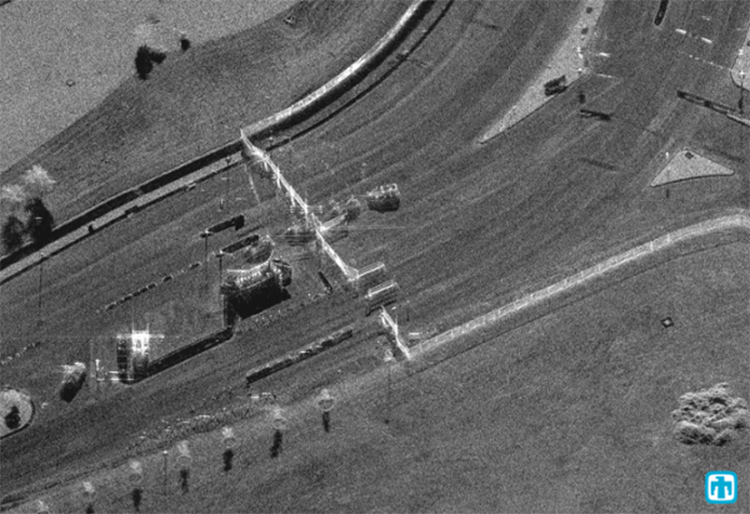
SAR technology advancement with AI
The integration of artificial intelligence (AI) will significantly improve SAR systems in three ways:
- Image Processing: AI algorithms can be applied to SAR data to improve image quality and resolution. By leveraging machine learning, SAR images can be enhanced, noise can be reduced, and complex features can be identified with greater accuracy. These algorithms can predict high-resolution details from low-resolution input data, providing more precise images for analysis. Optimized for parallel processing, AI and ML algorithms can also process massive datasets quickly and efficiently, enabling real-time analysis.
- Automatic Target Recognition: AI will allow SAR systems to automatically detect, classify, and track objects of interest. Machine learning algorithms trained on large datasets can recognize patterns and anomalies in SAR imagery to differentiate types of vehicles, buildings, or specific geographic features.
- Real-time Analysis: AI algorithms can seamlessly fuse SAR data SAR in real time to notify military commanders of new potential threats and battlefield conditions in seconds, from thousands of miles away. ML models can also analyze historical data to predict future trends and patterns to support defense planning.
How SAR enhances military and space operations
One of the earliest and most significant uses of SAR has been in the military. SAR is used for reconnaissance and surveillance, providing detailed images of enemy territories, infrastructure, and movements. In times of natural disasters, SAR can provide real-time data for disaster management, helping authorities plan and execute rescue operations more effectively. AI and advancements in technology have paved the way for miniaturized SAR systems that can operate autonomously. These SAR systems can be used by smaller platforms like unmanned aerial vehicles (UAVs) or even soldier-wearable devices, allowing critical information to be obtained quickly and efficiently in various operational scenarios.
SAR is also heavily utilized in space exploration. Satellites equipped with SAR can map the surface of planets, moons, and asteroids, capturing detailed topographical data and identifying geological features. They can also image, detect, monitor, and classify aircraft or vehicles on the ground and provide 24/7 monitoring for changes in any weather or lighting condition. NASA, ESA, and other space agencies use SAR for Earth observation, monitoring deforestation, ice sheet movement, urban development, and natural disasters like earthquakes and floods.
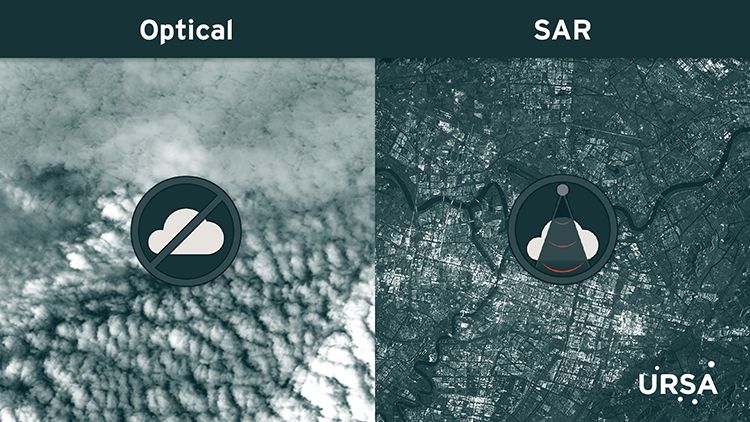
SAR revolutionizes electronic warfare
Before the advent of SAR, traditional radar systems were predominantly line-of-sight, or dependent on a clear direct path of radio waves to accurately detect and image objects. This severely restricted their coverage capabilities because terrain obstacles could block the radar signal, weather conditions could scatter or absorb signals, and the physical size and power of the radar antenna limited the range and resolution of the system. Threat of hostile jamming severely impacted the reliability of radar systems, further diminishing their utility in electronic warfare. By utilizing advanced image processing techniques to generate high-resolution imagery of a target area, SAR addresses the limitations of previous line-of-sight radars and enhances situational awareness for pilots, operators, and commanders. Some applications of SAR include:
- Target Acquisition and Tracking: SAR technology is extensively used for target acquisition and tracking purposes because of its ability to provide accurate and detailed images of enemy targets, buildings, vehicles, and even camouflaged or hidden objects. This sensitivity enables military planners to identify potential areas of concealment used by enemy forces. Ground Moving Target Indicator (GMTI) systems based on SAR can analyze Doppler shifts in radar echoes to detect and track stationary and moving objects such as vehicles, personnel, or ships.
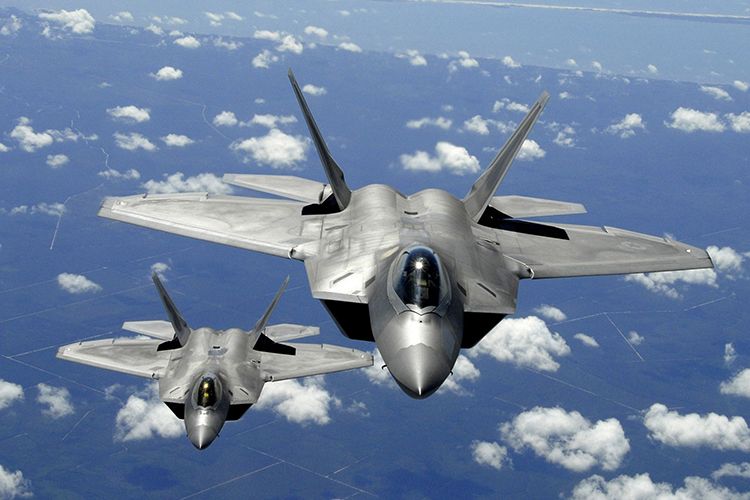
SAR technology can help detect jamming and spoofing in electronic warfare. - Intelligence, Surveillance, and Reconnaissance (ISR): SAR sensors can collect, process, and interpret vast amounts of intelligence data used for real-time surveillance and reconnaissance. Its infrared sensors can penetrate through foliage and soil, uncovering underground tunnels or tree canopies, allowing commanders to see into dense forests and mountain areas, where line-of-sight radar systems would fail.
- Countermeasures and Suppression of Enemy Air Defense (SEAD): SAR provides a crucial advantage in SEAD missions. It helps identify and locate hostile radar installations, surface-to-air missile systems, and anti-aircraft artillery sites. Used in navigation and guidance systems for military aircraft and missiles, SAR leads these vehicles accurately to their targets, even in adverse conditions. Accurate, real-time information offered by SAR supports the planning and execution of precision strikes with reduced threat to friendly aircraft.
- Electronic Support Measures (ESM) and Electronic Attack (EA): SAR is able to gather precise radar signatures of aircraft, vehicles, and systems. Combined with powerful processors and advanced algorithms, it can detect and target electromagnetic emissions, enabling sophisticated jamming techniques to disrupt or deceive adversaries.
Technical challenges in deploying SAR
Despite its many advantages, SAR is not without its challenges and limitations, which make deploying and utilizing SAR technology complex. One of the primary technical challenges in SAR is the need for precise control over the radar's movement. Any errors in the radar's position can result in distorted images.
Signal processing is also computationally intensive, requiring advanced hardware and software solutions. Although advancements in technology are gradually reducing the costs of these solutions, initial setup and ongoing operational costs can be expensive.
Additionally, the ability of SAR to penetrate through obstacles has raised concerns about data privacy and security. Ensuring that SAR data is used responsibly and ethically is crucial, particularly in military applications.

Test and deploy SAR technology faster
Testing and verifying new radar systems with SAR mode often requires numerous flight-tests that take time and cost millions of dollars. To solve this problem, Mercury has developed ARES-SAR, the first commercially available radar environment simulator that comprehensively tests SAR mode by providing a high-fidelity realistic ground return to the system under test (SUT) for each pulse along the synthetic array, allowing the mode to produce a full-resolution image on the cockpit display in a laboratory environment. The ARES-SAR uses a graphical user interface (GUI) to setup and emulate real-world flight scenarios and allows the user to insert ground targets into the return.
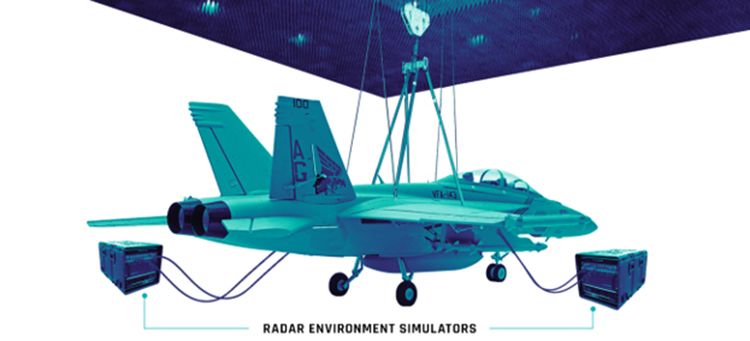
Learn More




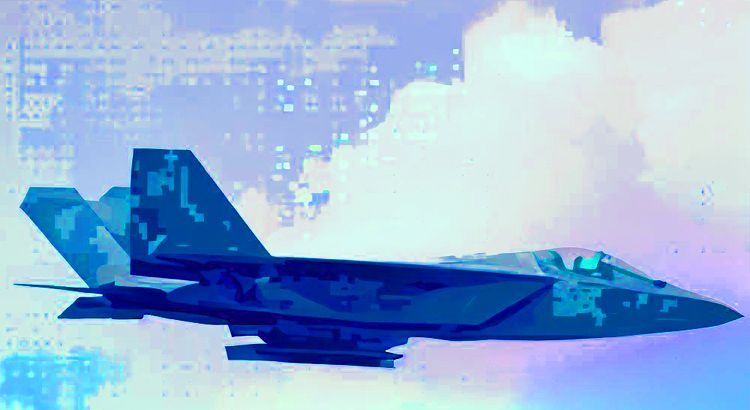

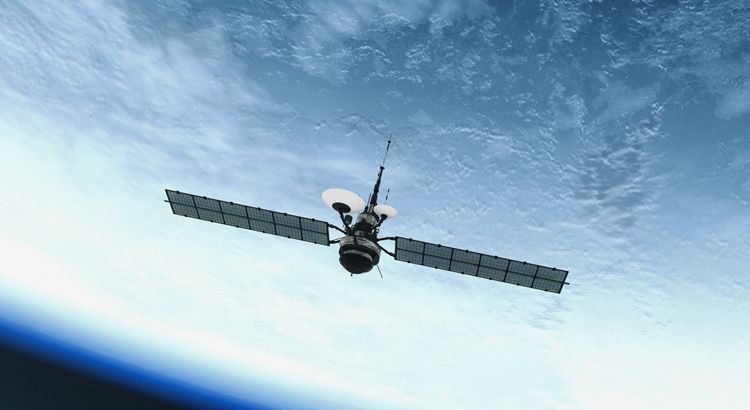
 Uniting for a cause: Run to Home Base
Uniting for a cause: Run to Home Base Enabling a Trusted Domestic Microelectronics Ecosystem
Enabling a Trusted Domestic Microelectronics Ecosystem